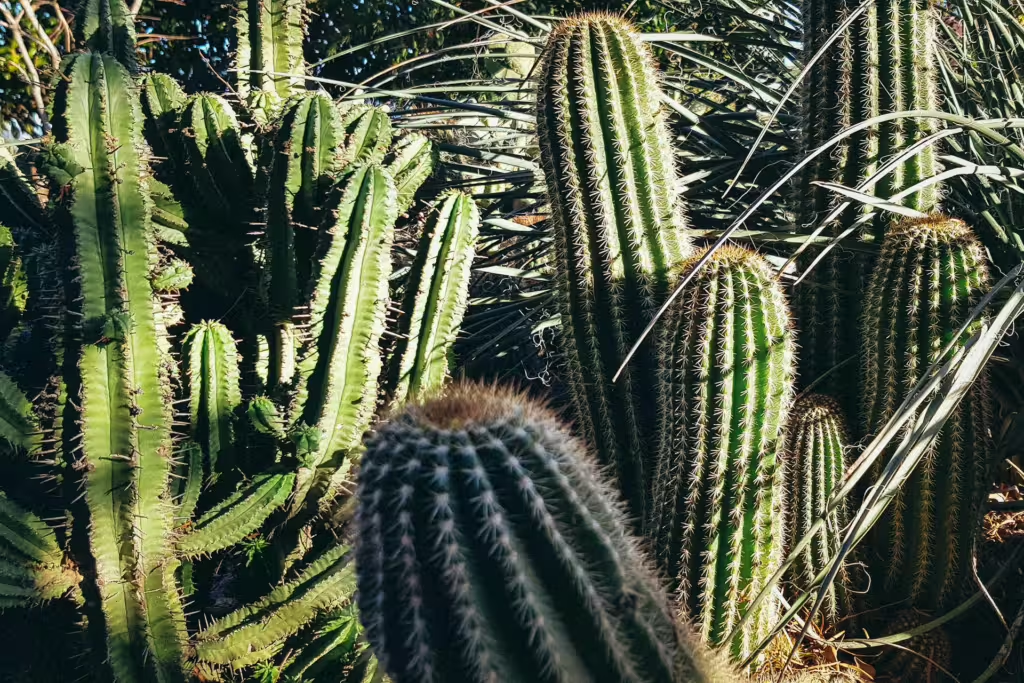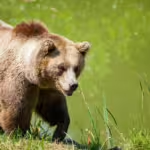We here at True Investigator don’t want to toot our own horns or anything, but by this point, it’s safe to say that we know a thing or two about the natural world. We have spoken to our readers about animals on land, air, and sea, as well as the various plants that support ecosystems all over the planet. We have discussed pollution, climate change, and habitat degradation in all its forms. And yet, for all our knowledge, nature seems to find ways of surprising even us.
Most readers know enough about plants to recognize the towering form of a redwood tree or the colorful species of flowers that dot the countryside or festoon backyard and botanical gardens the world over. By virtue of their popularity, impressive stature, or even their familiarity, these floral wonders often steal the spotlight, but most don’t realize that a hidden world of extraordinary plants thrives in some the most unlikely places on Earth. From the depths of the deepest ocean to the slopes of slumbering volcanoes and even parched deserts, these unusual species have evolved to conquer environments that would floor weaker plants.
In this article, we will explores a handful of the most unusual of these, paying particular attention to some lesser-known plant species from across the globe. Each of these botanical marvels exhibit incredible adaptations, while simultaneously fulfilling crucial ecological roles, and ultimately highlighting the resilience of life on this very planet.
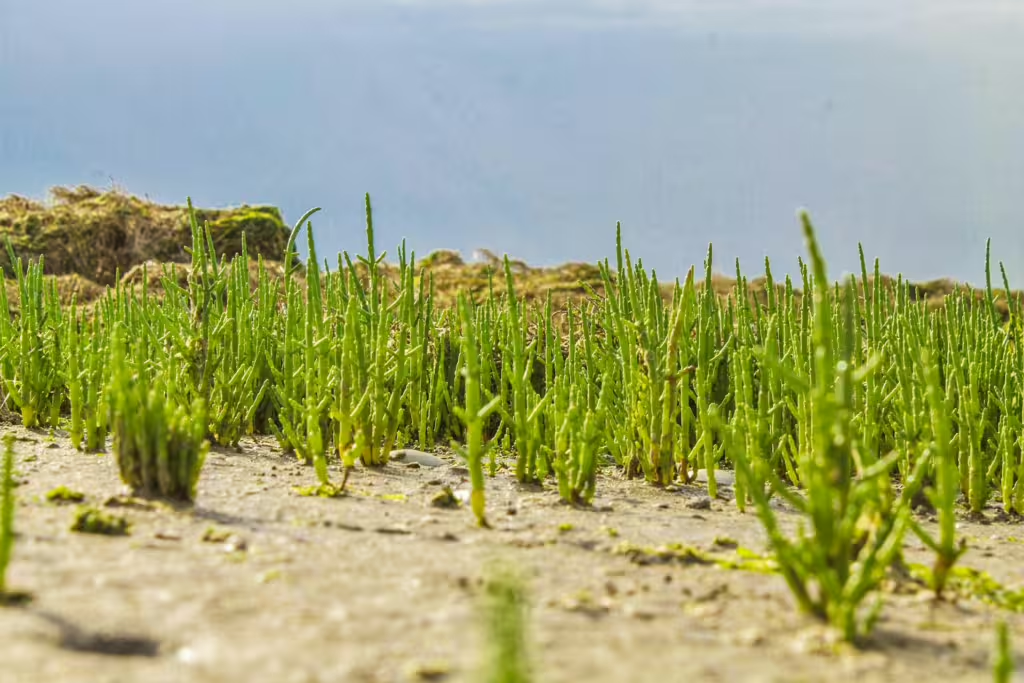
Seagrass (Zostera marina)
Habitat: These plants can be found drifting in shallow coastal waters.
Adaptation: Seagrass beds have developed ways of underwater pollination as well as a particular tolerance to salty seawater.
Ecological Value: In terms of their role, seagrass beds often act as hideaways or nurseries for different types of marine life, as well as a food source, and valuable carbon sink.
Seagrasses, of which there are many subspecies (72 in fact), are one of the few flowering plants that lives its entire existence entirely underwater. These plants rely on water currents for pollination and their presence helps to stabilize ocean floors. Seagrass meadows are absolutely vital for many natural processes, including carbon storage and serving as nurseries for fish, crabs, and sea turtles. Many marine species also feed on the grass, which then winds up as dung and contributes to nutrient cycling.
Welwitschia mirabilis
Habitat: This hardy plant can be found in the Namib Desert, Africa.
Adaptation: The leaf adaptations on this plant are especially unique. It has only two leaves that grow continuously and can absorb fog water.
Ecological Value: The Welwitschia supports desert food webs and its roots prevents soil erosion.
Welwitschia grows just two ribbon-like leaves, but that isn’t the most unique thing about it. We kind of buried the lead on this, but the remarkable Welwitschia can live for over a thousand years. How does it do this while surviving in an area as inhospitable as the Namib desert? Well, by having a painfully slow metabolic process. By absorbing moisture from ocean fog and slowly metabolizing it to empower only those two, distinctive leaves, the plant can survive longer than just about every other living creature on the planet; or so scientists have surmised. In terms of its ecological importance, the Welwitschia provides shelter for desert insects and reptiles that live within its difficult ecosystem.
Hydnora africana
Habitat: Found in Southern African deserts.
Adaptation: This plant survives because it is parasitic, able to grow underground, and emits foul odor to attract beetles. How do these things help it? Read on to find out more.
Ecological Value: The Hydnora africana is aids in decomposition and nutrient cycling, as well as supporting the dung beetle population within its ecosystem and beyond.
The bizarre, fleshy plant that science has named the Hydnora africana is a rather unusual specimen. This plant spends most of its life underground, only revealing a gaping flower that smells like dung to the surface. The point of this stinky flower is to lure dung beetles towards it so that they can pollinate it. More interesting is how parasitic the plant is, as it often attacks the roots of nearby plants, sapping energy from them, while simultaneously playing an important role in desert decomposition.
Azolla (Azolla filiculoides)
Habitat: This plant can be found in water, albeit still or slow-moving freshwater, in particular.
Adaptation: The Azolla has found a means of achieving symbiosis with nitrogen-fixing cyanobacteria.
Ecological Value: In its ecosystem, this plant acts as a natural fertilizer and helps with vital carbon sequestration processes.
Known as “water fern,” the Azolla grows rapidly, but this is exceptionally helpful as its respiration process fixes atmospheric nitrogen. This actually thanks to the plant’s symbiotic relationship with cyanobacteria, which feed on the nitrogen to grow and help the Azolla to more readily absorb atmospheric carbon. These days, Azolla is used in sustainable agriculture and conservation experts have discovered that it has the potential to reduce excess methane in rice paddies.
Queen of the Andes (Puya raimondii)
Habitat: The so-called Queen of the Andes can be found, appropriately, in the Andes Mountains, Peru and Bolivia.
Adaptation: This plant has evolved to grow at high altitudes and its specialized life cycle means that it only blooms once after 80+ years.
Ecological Value: This amazing, though exceptionally rare flower is a pollinator magnet. It also adds vertical structure to sparse, Andean landscapes.
Also called the Queen of the Andes by some, this giant bromeliad can reach up to 30 feet in height. The towering bloom on this flower is a spike that blooms once in an 80-year span. This immense plant is so large that it attracts birds and insects from all over, all of which fly towards it across the otherwise barren landscape in an effort to get a piece of its fragrant pollen.
Silversword (Argyroxiphium sandwicense)
Habitat: This plant can be found on the volcanic slopes of Hawaii’s islands.
Adaptation: Silver hairs on the aptly-named plant reflect UV radiation while its succulent leaves retain water.
Ecological Value: The existence of the Silversword in this ecosystem supports pollinator networks that would otherwise struggle at such high altitudes.
Silversword plants have adapted quite well over several millennia to the intense sunlight and volcanic soil of their ecosystem. Nevertheless, due to human interference and climate change, this plant is considered to be an endangered species. This is only exacerbated by the fact that the symmetrical rosette of silvery leaves on the Silversword blooms only once in its lifetime. Still, when it does, it provides nectar to other animals that dwell in this harsh, alpine environment.
Dragon’s Blood Tree (Dracaena cinnabari)
Habitat: This rare plant is found onlt on Socotra Island in Yemen.
Adaptation: The distinctive mbrella-shaped canopy on this tree helps it to conserve moisture.
Ecological Value: The Dragon’s Blood Tree helps with erosion control while also being a habitat for neighboring endemic organisms.
Named for its distinctive red sap, the Dragon;s Blood tree’s umbrella shape reduces water loss and shades its own roots from the harsh sun. Additionally, its presence stabilizes dry soils and supports unique insect and bird populations that dwell in the region.
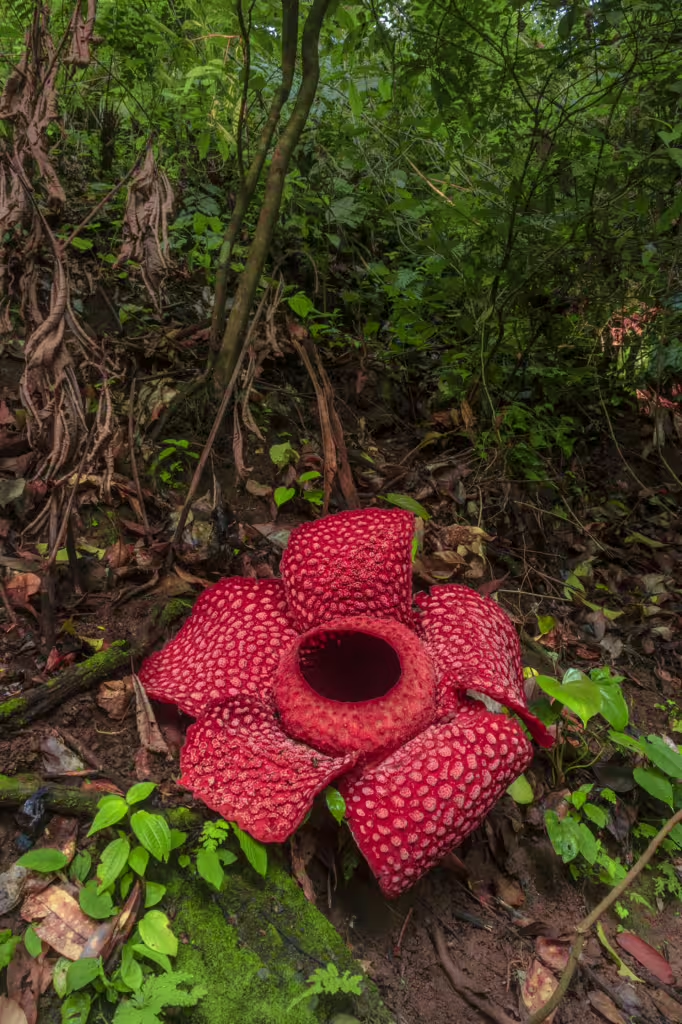
Rafflesia arnoldii
Habitat: These giant, smelly flowers can be found in Southeast Asian rainforests.
Adaptation: The Rafflesia’s parasitic nature helps it to survive in a crowded landscape of other plants and the pungent, for lack of a better term, odor it emits can attract a particular group of pollinators.
Ecological Value: This plant supports carrion fly populations and helps the surrounding forest in nutrient cycling.
The Rafflesia, which is itself a parasite that lives off neighboring flora, produces the world’s largest flower …up to 3 feet across. That same, enormous and highly-recognizable flower emits a smell like rotting flesh, which is used to to lure in flies for pollination. Its rarity and unique adaptations means it plays a niche role in the dense forest ecosystem of its home habitat.
Lithops (Living Stones)
Habitat: A rare plant that can only be found in Southern African deserts.
Adaptation: These unique succulents are esssentially camouflaged as stones so that they can avoid being eaten by eager herbivores.
Ecological Value: Oddly enough, the fact that these plants tend to sit underground without being eaten helps to conserves moisture in arid, desert soil.
As we mentioned previously, these succulent plants mimic pebbles as a means to avoid being eaten by already voracious desert herbivores. They aren’t fully pebble-shaped, however, as their transparent window-like tops allow sunlight to enter any photosynthetic tissues that are buried underground.
Boquila trifoliolata
Habitat: This rare vine can be found deep in South American rainforests.
Adaptation: In a rare bit of ingenuity, the Boquila is able to mimic the leaves of surrounding plants.
Ecological Value: The mere existence of the Boquila promotes plant diversity by reducing specific herbivore pressures on other, similar-looking plants.
The woody vine of the Boquila trifoliolata is a master of botanical disquise. This plant can change the shape, size, and color of its leaves to match those of surrounding plant speacies. This reduces detection by herbivores and illustrates a unique form of plant plasticity that is not commonly found in the botanical world.
Resurrection Plant (Selaginella lepidophylla)
Habitat: Venture deep into the Chihuahuan Desert in North America and you will find the rare Resurrection Plant.
Adaptation: As a desert plant, this wonder is adept at desiccation tolerance and can be revived from certain death with a wee bit of water.
Ecological Value: The Resurrection plant is a soil stabilizer in desert biomes and it showcases extremophile mechanisms unseen in other living things.
Often sold as a novelty, this plant will curl into a tight ball during drought, seemingly appearing to be dead, and unfurlsing once it has been watered. In its native ecosystem, the Resurrection plant helps stabilize dry soils and demonstrates singular biochemical adaptations to dehydration that scientists have been studying for decades.
Giant Groundsels (Dendrosenecio spp.)
Habitat: These plants can be found in East African alpine zones, which means some of the only mountainous places in Africa, namely Mount Kilimanjaro and Mount Kenya.
Adaptation: In the coldest parts of Africa, this plant can insulate itself using dead leaf layers. It’s rosette also closes at night and can be used to insulate it further.
Ecological Value: This plant is an important source of nectar source at extreme altitudes.
These prehistoric-looking plants grow “best,” and we use the term loosely here, in frost-prone zones near equatorial peaks. As stated earlier, they are an essential source of nutrients for alpine creatures that use them for nectar and can survive in these alpine deserts by trapping heat using dead leaves and adjust their rosettes to conserve warmth.
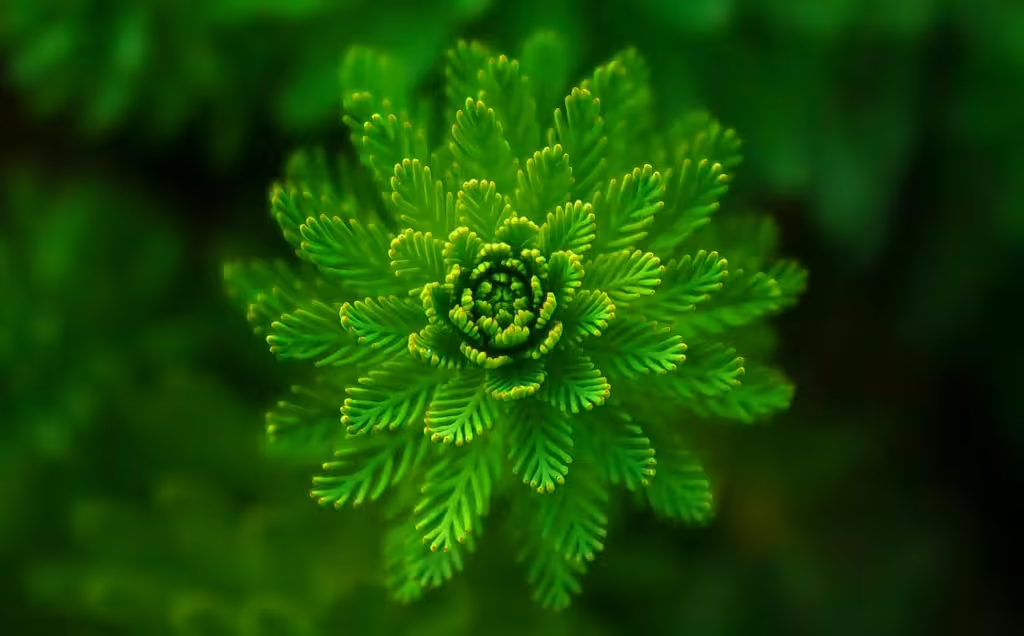
True Investigator Says…
As you can see, the various species presented in the entries above exemplify the ingenuity of life and the ability of plants to thrive in the planet’s harshest conditions. While many ight just see them as ecological curiosities, the roles these plants play are beyond profound. No matter how unusual they seem at first glance, these plants are as essential to supporting pollinators, stabilizing soils, and contributing to nutrient cycles as any you might see in your own backyard. Plants such as these help maintain the health and function of their unique ecosystems in their own unique way and that is an example we can learn from.
By studying these remarkable species, the scientific community gain valuable knowledge about survival strategies, ecosystem dynamics, and potential applications in agriculture and conservation. We don’t always realize the importance of such things, just as we don’t always recognize the importance of plants that don’t meet a certain standard of beauty. Nevertheless, as climate change, pollution, and similar continue to alter environments all over the world, understanding and preserving these resilient plants become increasingly important. Perhaps through their innate tenacity, we can find ways to fight back against the damage we are still doing to our own world. At this point, anything’s worth a shot.
Moreover, by celebrating these botanical outliers, we not only honor nature’s creativity but also reinforce the importance of conserving biodiversity on a grander scale, in every corner of the Earth.
Discover more from TrueInvestigator
Subscribe to get the latest posts sent to your email.
